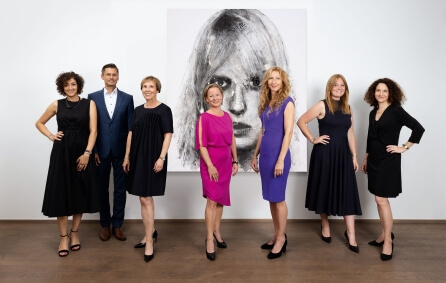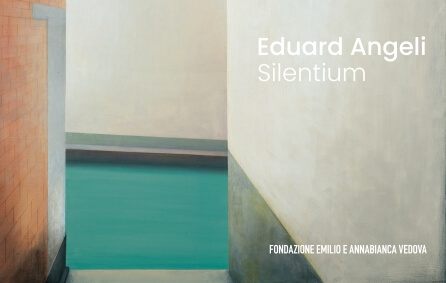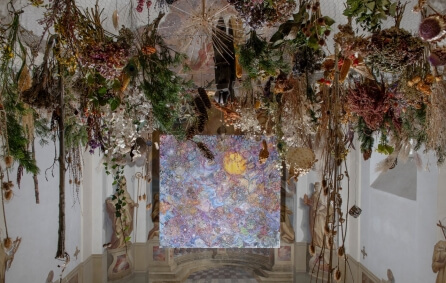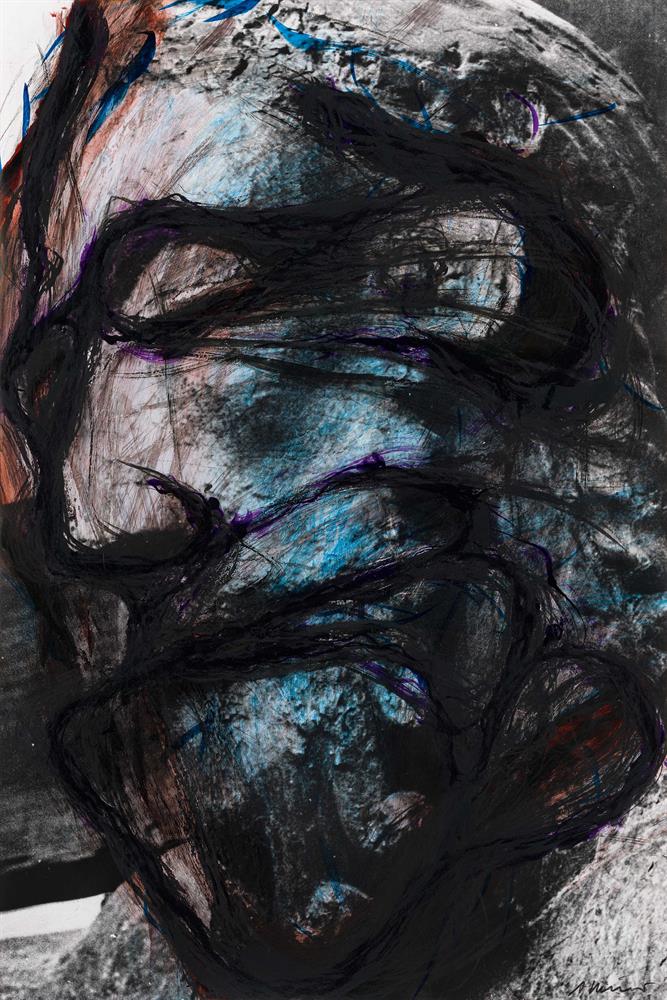
Arnulf Rainer
The following artworks are for sale


Rainer Arnulf no work available
Biography
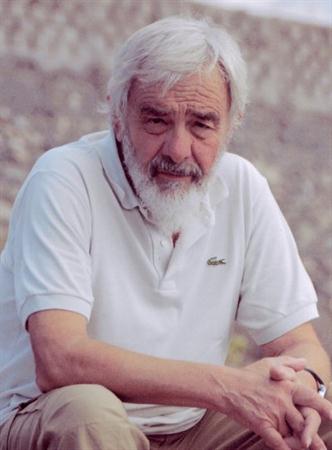
"Art is concentrated life."¹ (Arnulf Rainer)
Arnulf Rainer was born in Baden near Vienna in 1929. Enrolled at both the University of Applied Arts and the Vienna Academy of Fine Arts in 1949, he left both institutions after only one day. French Surrealism² influenced his early work. In the mid-1950s, he began his first overpaintings. He used his own paintings and photographs as well as reproductions of older masters, for example by Vincent van Gogh, Gustav Klimt and Leonardo da Vinci, as backgrounds. In 1955, Arnulf Rainer founded the "St. Stephan Group" together with Josef Mikl, Wolfgang Hollegha and Markus Prachensky, which had a decisive influence on the Austrian art landscape from the late 1950s on. The 1970s brought great success and international recognition, with participation in the Sâo Paulo Biennale and Documenta V in Kassel, a major retrospective at the Kunstverein Hamburg and the representation of Austria at the Venice Biennale, as well as the award of the Austrian State Prize. Subsequently, he was one of the very few living Austrian artists to have a solo exhibition at the Centre Pompidou in Paris (1984) and at the Solomon R. Guggenheim Museum in New York (1989)³. In 1981, he accepted a professorship at the Vienna Academy of Fine Arts³, which he held until 1995. In 1993, the first Arnulf Rainer Museum opened in New York, and in 2009, his native city of Baden dedicated its own museum to him in the former Frauenbad. Munich's Pinakothek der Moderne set up its own room as early as 2002, where his works are on permanent display. Since 2015, Arnulf Rainer has been a bearer of the Austrian Cross of Honor for Science and Art 1st Class and is counted alongside Friedensreich Hundertwasser, Maria Lassnig, Hermann Nitsch, Franz West and Erwin Wurm among the internationally most important contemporary artists in Austria.
The artist lives and works in Austria, at Schloss Vornbach near Passau and on Tenerife.
¹Arnulf Rainer in conversation with Karolyn de Jongh, 2012, in Global Art Affairs Foundation (ed.), Personal Structures. Culture. Mind. Becoming, exhibition catalog, La Biennale di Venezia 2013, Venice 2013, p. 166.
²This influence is certainly also due to his trips to Paris with Maria Lassnig in 1951/1952.
³Posthumously, this honor has only been bestowed on Oskar Kokoschka (1994) and Egon Schiele (2012/2013) at the Guggenheim in New York, and at the Centre Pompidou, only Hans Hollein (1987) and also posthumously Franz West (2018) have been similarly prominent.

